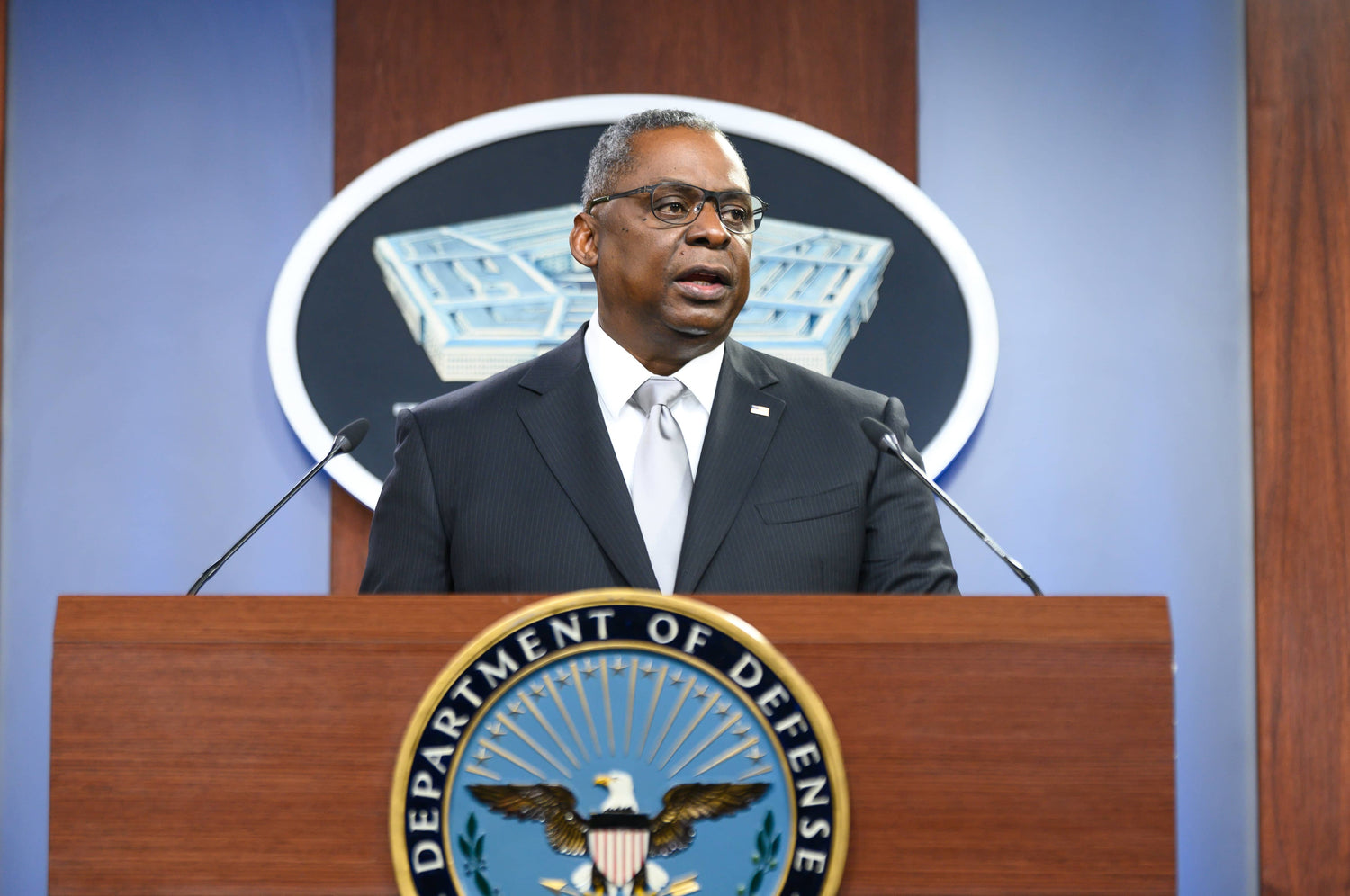Secretary of Defense Lloyd J. Austin III briefs the press from the Pentagon Briefing Room, Washington, D.C., Feb. 19, 2021. (DoD Photo by U.S. Air Force Staff Sgt. Jack Sanders).
Secretary of Defense Lloyd J. Austin III has recently been the subject of significant attention due to health complications following an elective medical procedure. This situation has raised important considerations regarding the protocol for managing the responsibilities of high-ranking officials during periods of incapacitation.
Austin underwent an elective medical procedure on December 22 at Walter Reed National Military Medical Center. However, complications arose, leading to severe pain and his subsequent admission to the hospital's intensive care unit on January 1. This turn of events necessitated the temporary transfer of certain authorities to Deputy Defense Secretary Kathleen Hicks.
This process of transferring authority, while a standard procedure, highlights the importance of contingency planning in governmental operations. When a high-ranking official like the Secretary of Defense is incapacitated, even temporarily, it's crucial that there are clear protocols in place to ensure the continuity of operations. In this case, the transition of authority to Deputy Defense Secretary Hicks was a demonstration of such preparedness.
However, the incident also brought to light some issues with communication protocols. Austin's hospitalization was initially not communicated promptly to key stakeholders, including the White House and Congress, due to the illness of his chief of staff. This delay led to an internal review of notification procedures within the Defense Department, emphasizing the need for robust and redundant communication channels in critical situations. This aspect is particularly vital in the context of national security, where timely and transparent communication is essential.
Despite these challenges, the Pentagon assured that operational continuity was maintained throughout this period. Hicks, while acting as the Secretary of Defense, was fully authorized to make routine operational and management decisions and was ready to support the president on other military matters, if necessary. This assurance is crucial as it highlights the robustness of the system in place to handle such unforeseen circumstances.
Secretary Austin resumed his duties on the evening of January 5, still hospitalized but no longer in intensive care. According to Pentagon Press Secretary Air Force Maj. Gen. Pat Ryder, Austin was in good spirits and continued to monitor Defense Department operations worldwide. He had access to secure communication capabilities, ensuring that he remained informed and capable of fulfilling his duties despite his ongoing recovery.
The health of a high-ranking official like Secretary Austin not only has personal implications but also affects the functioning of critical national institutions. It's a reminder of the importance of having robust procedures and systems in place to manage unexpected situations effectively. The Pentagon's response and subsequent review of its notification procedures reflect an adaptive and responsible approach to governance.
While Secretary Austin's health complications posed challenges, they also provided valuable lessons in contingency planning and communication strategies. His swift resumption of duties, albeit from a hospital bed, is a testament to the resilience of the systems in place and the dedication of those serving in high office. The situation underscores the importance of readiness for any eventuality, a crucial consideration in the realm of national defense and security.





Leave a comment
This site is protected by hCaptcha and the hCaptcha Privacy Policy and Terms of Service apply.